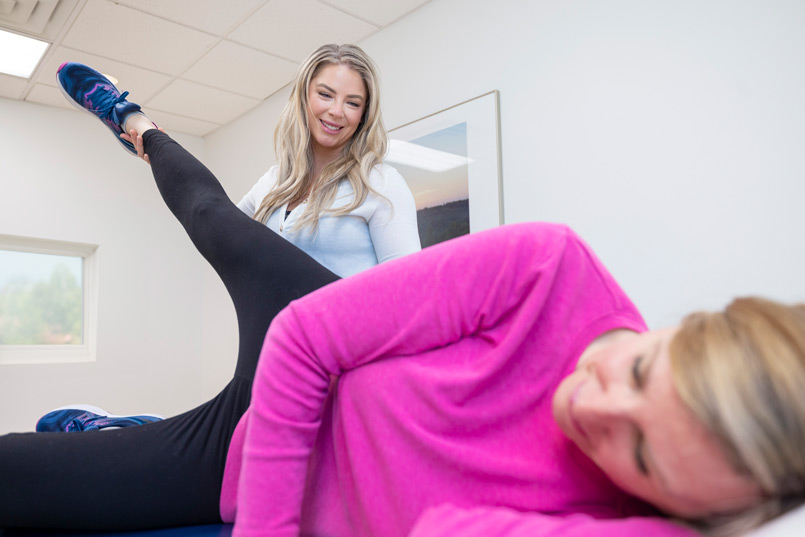One frequent manual therapy technique is spinal adjustment. This technique involves using precise pressure to the vertebral column to enhance positioning and decrease discomfort. Research has shown that spinal adjustment can be beneficial in managing lumbar spinal discomfort and cervical discomfort. Another method is gentle connective tissue manipulation, which concentrates on reducing tightness in the muscles and connective tissues. This can help alleviate rigidity and enhance flexibility, making it easier for clients to navigate without pain. Both methods can be customized to satisfy the individual requirements of each client, ensuring a custom method to care.
In furthermore to discomfort alleviation, hands-on treatment can improve client outcomes in various ways. For instance, it can improve circulation, which helps supply oxygen and nutrients to the affected regions of the system. Improved blood flow can also encourage recovery and reduce inflammation. Additionally, hands-on treatment can help clients gain enhanced physical consciousness, which is crucial for avoiding future injuries. By understanding how their bodies function, clients can make better knowledgeable choices about their activities and posture, leading to long-term benefits.
The effectiveness of hands-on treatment is often backed by client feedback. Many individuals indicate notable gains in their pain levels and overall function after undergoing care. This favorable response can lead to increased motivation additional info for clients to participate in rehabilitative activity and rehabilitation exercises. When clients feel improved, they are much likely to participate in their recovery journey, which can additionally improve their outcomes. This collaborative method between the provider and the client is essential for achieving lasting results.
In conclusion, hands-on therapy methods play a vital role in alleviating musculoskeletal discomfort and enhancing patient outcomes. By applying techniques such as spinal manipulation and soft connective tissue manipulation, medical providers can help patients regain movement and alleviate discomfort. The benefits of manual treatment go beyond immediate discomfort alleviation, as it also promotes healing and motivates clients to take an active role in their recovery. As an increasing number of individuals seek effective therapies for muscle and joint issues, hands-on treatment continues to be an essential option in the field of medicine.
